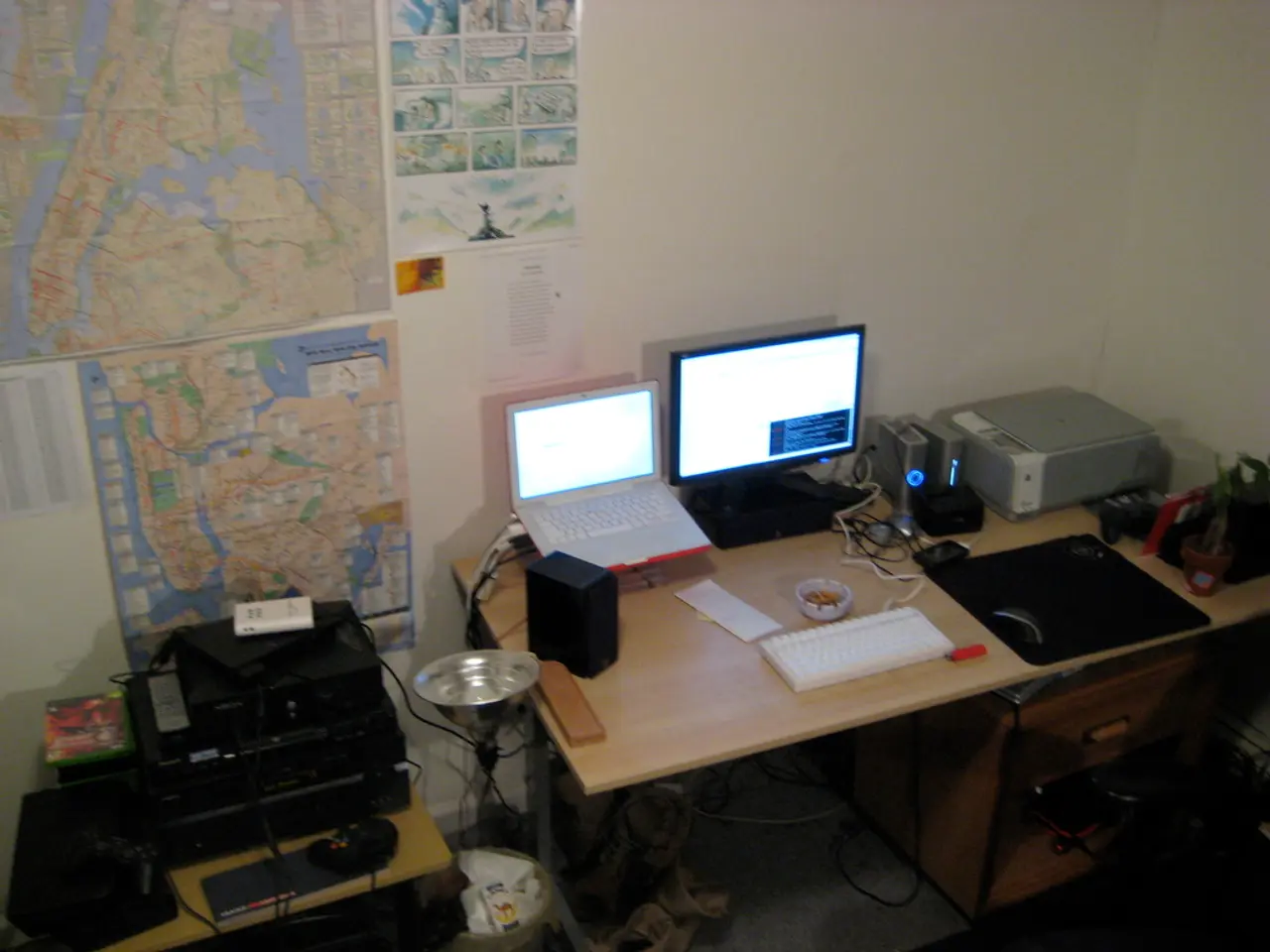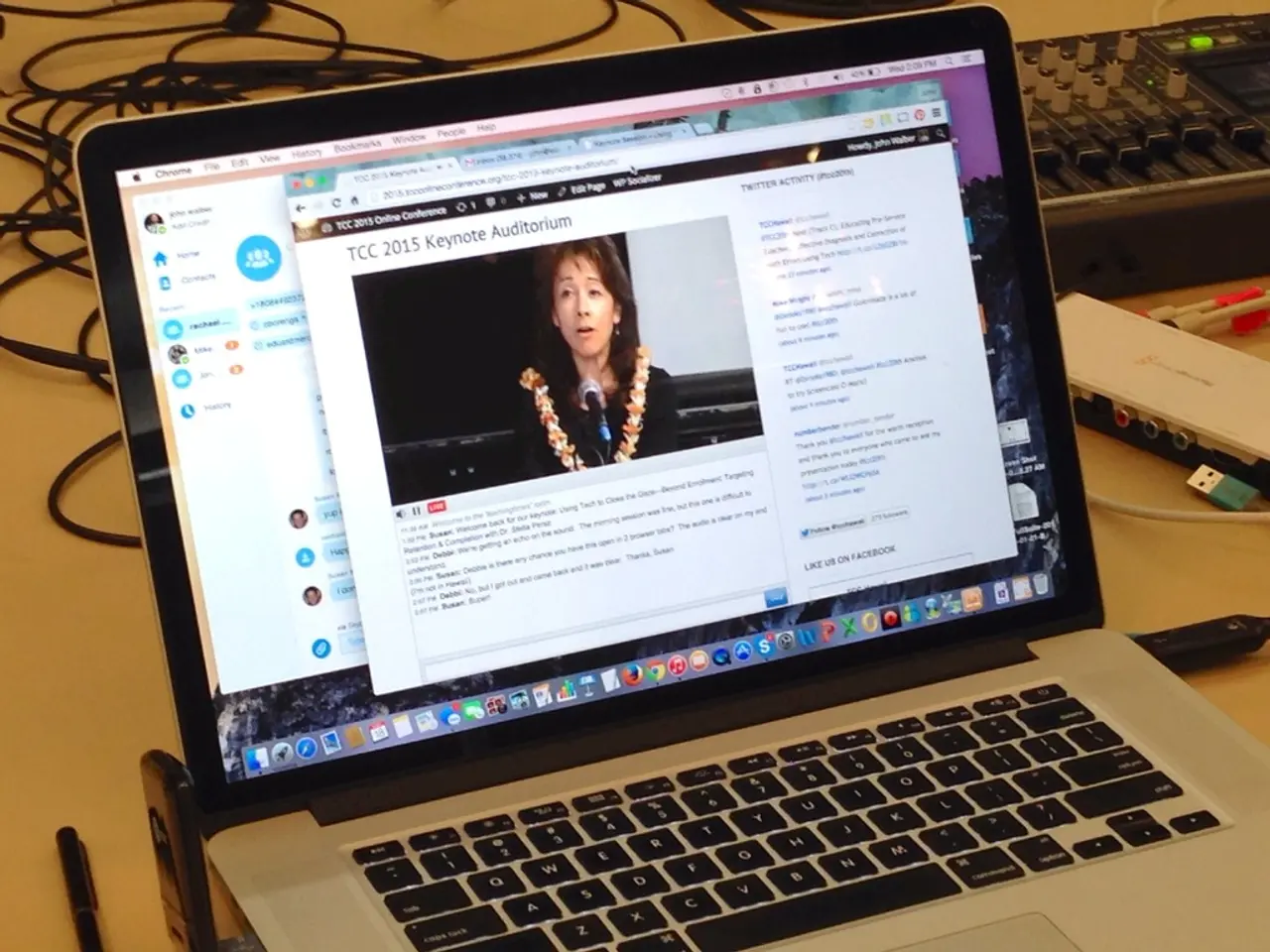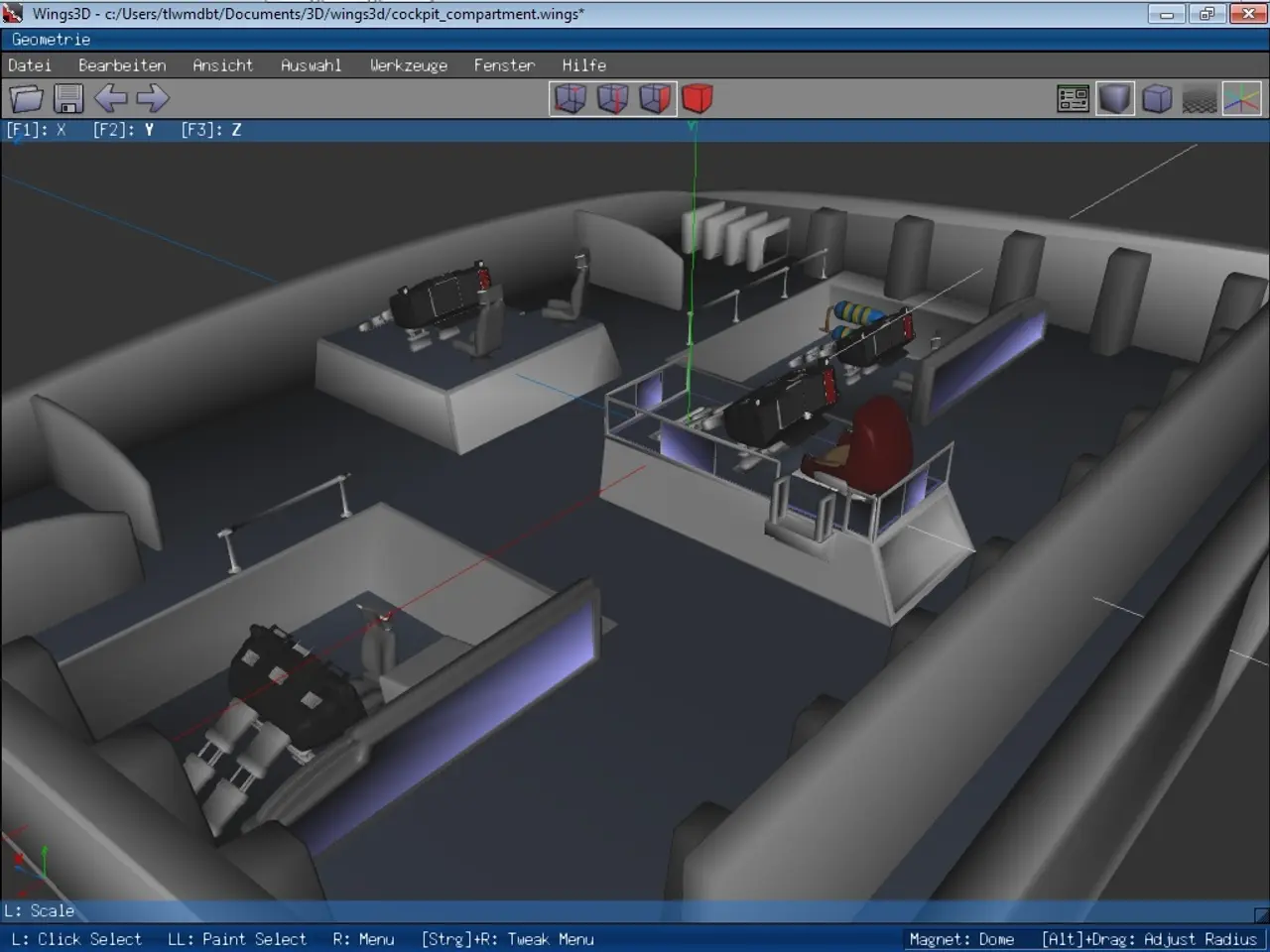Models capable of processing images can interpret visual cues, but they don't truly comprehend human language or intentions. They merely provide statistical outputs based on the input they receive.
**Imagen 3: A Leap Forward in AI Image Generation**
Imagen 3, Google's latest innovation in image generation, showcases significant advancements in understanding and executing complex human instructions, marking a promising step towards bridging the gap between human intent and machine output.
## **Enhanced Text Processing**
Imagen 3's improved text processing capabilities allow it to handle more complex and nuanced text prompts, resulting in more accurate and detailed outputs compared to previous models. This is particularly evident when provided with detailed descriptions, where it achieves an alignment of 72.9% with the intended result, significantly outperforming other models at 57.9%.
## **Multimodal Input Capabilities**
Integration with Whisk, a tool that enables users to provide input through both text and images, further enhances Imagen 3's ability to understand and execute complex instructions. Users can select subject, scene, and style images to guide the generation process, providing a more visual and intuitive approach to expressing complex ideas.
## **Improved Output Quality**
Imagen 3 produces high-quality, realistic images that closely match the input text or image prompts. This is crucial for executing complex instructions, as it ensures that the generated images accurately reflect the intended details and context.
## **Technical Advancements**
The ability to expand images using outpainting, a feature supported by Imagen, demonstrates its potential for handling complex tasks like image extension and modification. However, Imagen 3 still faces challenges when dealing with complex spatial relationships and action sequences, making it less suitable for frame-by-frame video generation.
The dual-caption strategy, combined with extensive filtering of AI-generated images and similar content, creates a training set that balances diversity with precision, further improving the model's performance.
While Imagen 3 represents a significant improvement over previous models, it is important to note that Imagen 4 offers even further improvements in text rendering and alignment with prompts.
The real challenge in AI image generation lies not just in producing realistic images but in understanding human intent. Imagen 3's improved performance doesn't necessarily mean it understands our requests the way a human would, but it does show progress in getting AI to better align with human intent.
When tested against other leading models like DALL-E 3 and Midjourney, Imagen 3 demonstrated a complex picture of performance, with varying advantages across different benchmarks. However, its improved performance on detailed prompts and its ability to generate exact numbers of objects suggest genuine progress in solving the problem of understanding human requests.
The path forward will likely require advances on multiple fronts, including better ways to communicate visual concepts to machines, improved architectures for maintaining precise constraints during image generation, and deeper insight into how humans translate mental images into words. Imagen 3's success underscores the potential for AI to revolutionise the field of image generation, paving the way for more sophisticated and human-like AI systems in the future.
Artificial Intelligence (AI) like Imagen 3 is instrumental in creating realistic images based on complex text prompts, demonstrating its potential for improving image generation technology. This advancement, coupled with Imagen 3's integration with multimodal input tools, allows for a more intuitive and visual approach to expressing intricate ideas.




